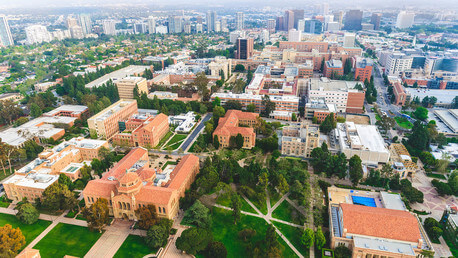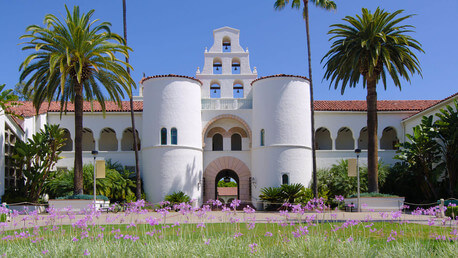Tuition, Cost & Aid
Affordability and Cost
Average Net Price Average net price for full-time, first-time degree/certificate-seeking undergraduates paying the in-state or in-district tuition rate who were awarded grant or scholarship aid from federal, state or local governments, or the institution. Other sources of grant aid are excluded. Aid awarded anytime during the full aid year is included.
Average net price is generated by subtracting the average amount of federal, state or local government, or institutional grant and scholarship aid from the total cost of attendance. Total cost of attendance is the sum of published tuition and required fees (lower of in-district or in-state), books and supplies and the weighted average room and board and other expenses.
Average net price is generated by subtracting the average amount of federal, state or local government, or institutional grant and scholarship aid from the total cost of attendance. Total cost of attendance is the sum of published tuition and required fees (lower of in-district or in-state), books and supplies and the weighted average room and board and other expenses.
$9,654
Average Net Price By Family Income
Tuition
| In-State Tuition In-state tuition is the tuition charged by institutions to those students who meet the state's or institution's residency requirements. In-district tuition is the tuition charged by the institution to those students residing in the locality in which they attend school and may be a lower rate than in-state tuition if offered by the institution. | $1,326 |
| Out-of-State Tuition Out-of-state tuition is the tuition charged by institutions to those students who do not meet the state's or institution's residency requirements. Out-of-district tuition is the tuition charged by the institution to those students not residing in the locality in which they attend school. | $9,586 |
Additional Costs
| Books and Supplies | $938 |
| Tuition Payment Plan | Yes |
Financial Aid: visit page
Aid & Grants
Students Receiving Gift Aid Percent of undergraduate students awarded federal gift aid. Federal gift aid includes any grant or scholarship aid awarded, from the federal government, a state or local government, the institution, and other sources known by the institution. Students Receiving Grants Percent of undergraduate students awarded grant aid. Grant aid includes any grant or scholarship aid awarded, from the federal government, a state or local government, the institution, and other sources known by the institution. Students receiving state aid Students receiving federal aid
32%
Average Aid Per Year
$6,758
32%
Average Federal Grant Aid Per Year
$5,651
Average Institution Grant Aid Per Year
$309
Average State Grant Aid Per Year
$1,774
75%
Average Federal Grant Aid Per Year
$5,651
Student Loans
Students Borrowing Loans Loans to students - Any monies that must be repaid to the lending institution for which the student is the designated borrower. Includes all Title IV subsidized and unsubsidized loans and all institutionally- and privately-sponsored loans. Does not include PLUS and other loans made directly to parents.
0%
Average Loan Amount Per Year
$4,500
Students receiving federal loans
Average Federal Loans Per Year
$4,500
Average Other Loans Per Year
$6,648
Average Debt at Graduation The median federal debt of undergraduate borrowers who graduated. This figure includes only federal loans; it excludes private student loans and Parent PLUS loans.
$5,835
Loan Default Rate
14%
US National: 7%
Median Monthly Loan Payment The median monthly loan payment for student borrowers who completed, if it were repaid over 10 years at a 5.05% interest rate.
$55
What Students Are Saying
There is no question that the community college system, despite the state of financial distress it has found itself in, is one of the best higher-education deals in the nation. Almost any student qualifies for the Bogg Waiver, which completely erases the cost of tuition, and the FAFSA and CalGrant are made easily accessible to students as well, meaning that, as long as you manage your education expenses wisely, you can actually make money by attending College of the Desert, which can be applied to housing, transportation, and anything else a student might need.
Josiah from Palm Springs, CA
Doesn't come any better....anywhere!
Stanley from Palm Desert, CA
Fairly inexpensive as far as two year schools are concerned.. Public school, so that is why. Lots of facilities not seen on other public campuses (Driving range) Golf School, among others.
Chris from Palm Springs, CA












